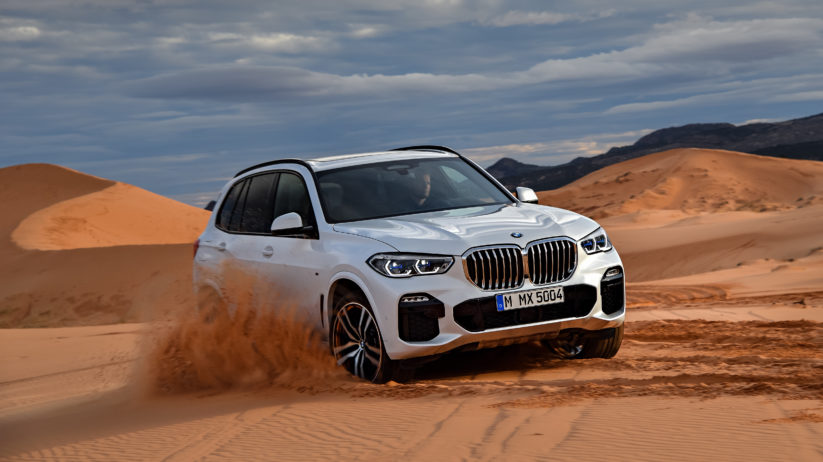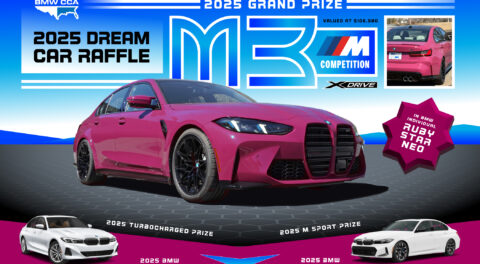The X5 is an influential model for BMW. As the first SUV that BMW ever released, it holds a special place in enthusiast’s hearts. Its name teleports many owners back to 1999, when X5s were rolling off the production line with both two pedals and three. The luxury SUV has been around for a little more than two decades, and has proved its multifaceted usefulness to the community. Whether it be towing racecars, hauling the kids across the country on a road-trip, or protecting high-level officials from heavy munitions, the X5 certainly has established itself as an enthusiast favorite.
In 2019, Consumer Reports named the X5 the Best Luxury SUV, a new accolade to add to its already populous collection of achievements. Following the announcement, we were excited to hear about its future successor, particularly, the diesel variant.
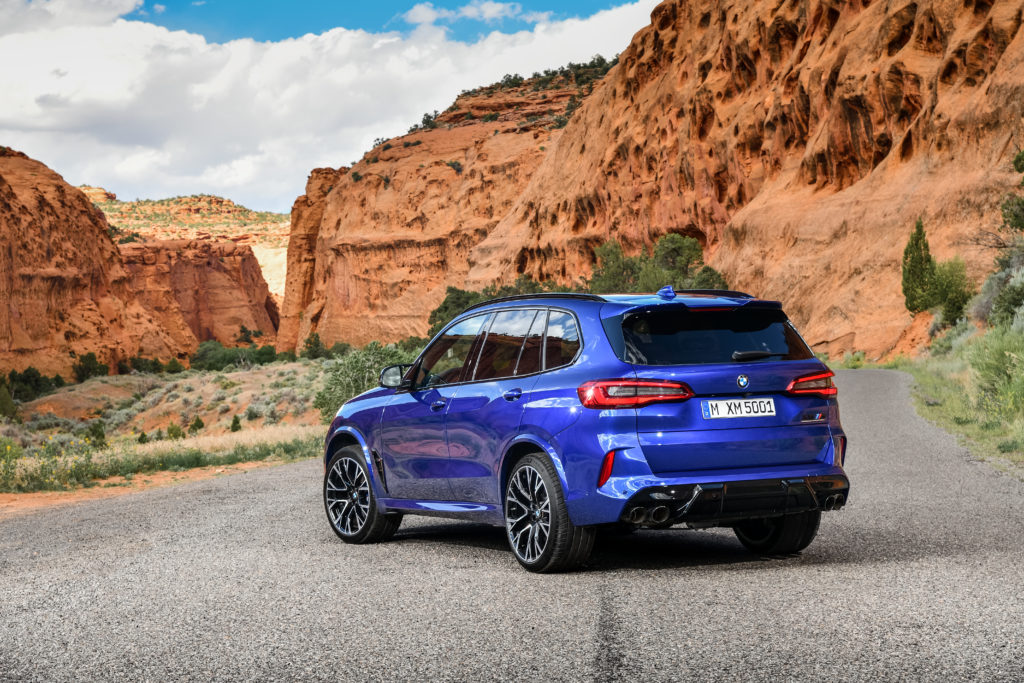
The BMW X5M.
While we haven’t owned a diesel in years, my family was in the market for a wagon a few years back. If you recall from my previous longroof article, we were quite disappointed to find that BMW wagons were not as prevalent in the used-car market as we had thought. Months of scouring the online BMW classifieds found that of 20,000 nationwide results, only 100 or so were wagons, and 18 of that number were of the diesel variety. Our ideal grocery-getter would have been a 328d Touring, but we settled for a Volkswagen Passat wagon instead. We’d come to rue that decision 100,000 miles later, when I was learning to drive behind the wheel of the VW and the dash decided to light up like a DTC Christmas tree. We joke now that if we had found a BMW diesel instead, we would have reached a 300,000 odometer milestone by now.
The diesel power plants used in the X5 over the years have, for the most part, the same reliability and performance that we were looking for years ago in a wagon, and just like those BMW longroof owners, it’s no wonder why so many enthusiasts are refusing to sell their favorite SAV.
My fellow BimmerLife contributor, Scott Blazey, is a great spokesperson for the X5, having owned not one, but three, two of which were diesel. He recounts that while his 2002 X5 was a capable all-around vehicle, his diesel E70 and F15 were SAV gems. They had everything that you would want from a family-sized sport utility vehicle—comfort, reliability, fantastic gas mileage, and rather impressive towing capabilities. But, like all good things, the diesel X5’s legacy came to a rather abrupt end.

It took BMW a while to see the North American market’s potential for a diesel engine in the X5. We didn’t get one until 2009, for fear that American consumers’ preconceived notions and stigmas about diesels had not yet been overcome by the new positive press of the time. Enthusiasts warmed up to the idea, but after singing the diesel X5’s praises for years, we are now stuck with more saddening news.
Although many of us are still making peace with the fact that the U.S. will not be getting any BMW wagon models going forward, we also found out back in 2018 that we were not be getting any diesel models for 2019 onwards. In other words, if you are an owner of a diesel touring, or diesel SAV (like the X5), hold onto them for dear life—they’re the last of their kind here in the States.
Europe will, however, be getting the new current fourth-generation X5 with a diesel, just like they will be seeing a diesel option available for all of their 2020 touring models. In Europe, the 2020 X5 and X6 xDrive40d will come standard with a newly-developed, straight-six diesel engine, which now benefits from a mild hybrid system, featuring a 48-volt starter generator, and multi-stage turbocharging. The freshly-engineered setup is good for approximately 340 horsepower and 516 pound-feet of torque.
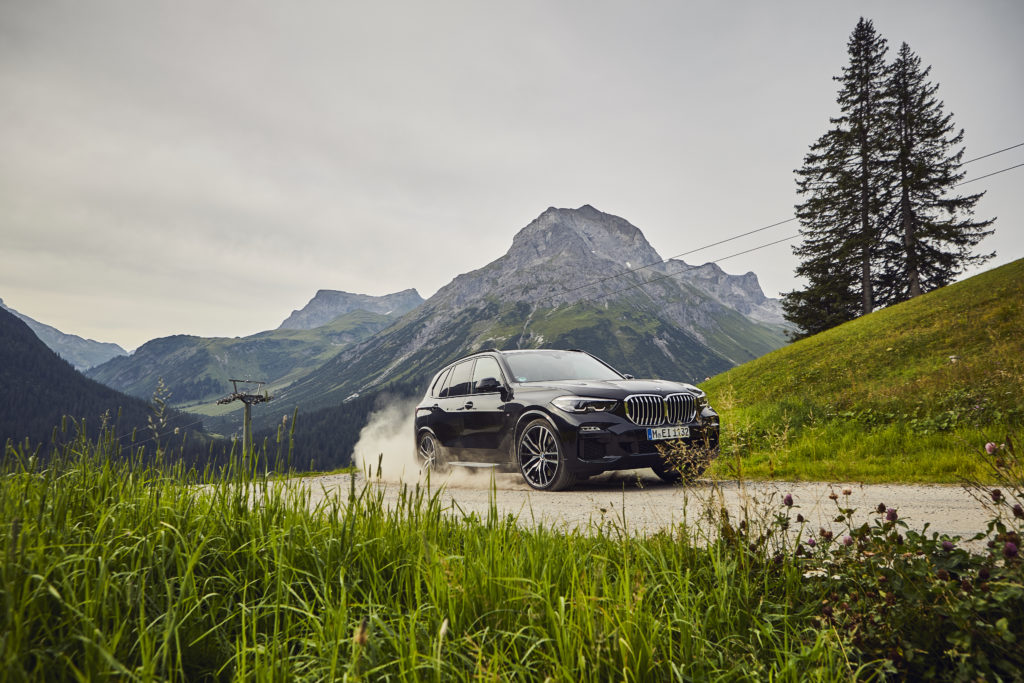
The plug-in hybrid X5 xDrive45e.
While we are not getting a diesel powerplant option, we will be seeing new hybrid and electric technology, along with re-engineered combustion options. For starters, if you rather stick with combustion-based variants, the 2020 lineup will include the X5 sDrive40i , X5 xDrive40i, X5 xDrive50i, X5 xDrive M50i, and X5 M. The sDrive40i, along with the xDrive40i, will come standard with the 335-horsepower TwinPower turbocharged inline-six, while the xDrive50i will see a beefier 456-horsepower 4.4 liter turbocharged V8 setup instead. If you’re really looking to speed up your commute, the M-performance tuned 523-horsepower turbocharged V8 in the X5 M50i also remains a very bold option.
If you’re looking for diesel-like towing ability, both the sDrive40i and xDrive40i will give you around 330 pound-feet, which is miles away from the new, 2020 European-spec diesel X5. To even compete with the overseas’ 516 pound-feet torque figure, you would have to stick to the V8-equipped trims. This includes the xDrive50i, with 479 pound-feet, and the X5 M, with 553 pound-feet. All of the current X5 models, when equipped with the high-capacity tow hitch, are good for an approximate 7,200 pound towing capacity. As the data shows, the X5 M will be the only direct-competitor to the X5 xDrive40d overseas, at least where torque and towing capability are concerned.
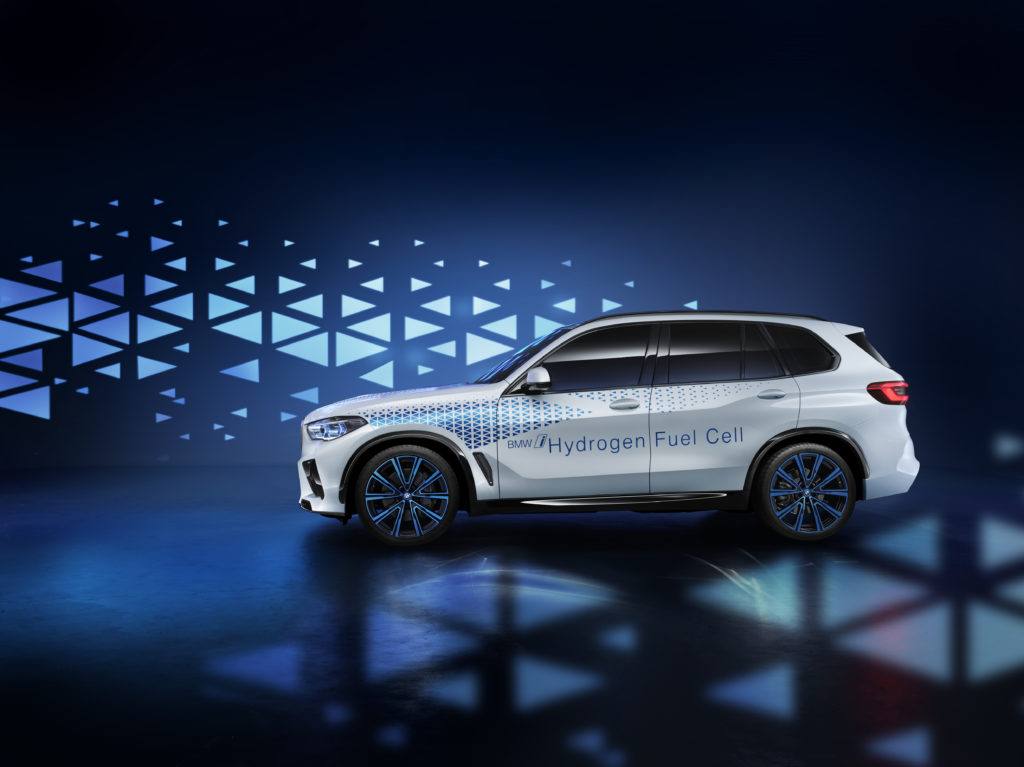
The i Hydrogen Next, which will be based on the X5, will be debuted in small test numbers in 2022 as BMW’s first Hydrogen fuel cell SAV.
If you’re saddened by this comparison, don’t be. The U.S. market will be getting electrified X5s, with very competitive power figures. We’ve covered previously that BMW has been slowly shifting gears to focus on electric and alternative energy technology, while simultaneously unveiling the new 2020 BMW X5 xDrive45e for the American market. The new plug-in hybrid luxury SAV boasts an inline-six combustion engine mated to an electric motor, producing a healthy 388-horsepower and a very usable 442 pound-feet of torque.
Yes, while the diesel X5’s send-off is sad, we shouldn’t panic just yet. As electric technology continues to revolutionize the automotive industry, we are sure to see equally-capable electrified X5 variants emerge from Munich, though they’ll never replace the diesel X5 in enthusiast’s hearts. There’s also the problem of electric vehicles lacking in towing capacity despite being advertised with immense torque.—Malia Murphy
[Photos Courtesy BMW AG.]

